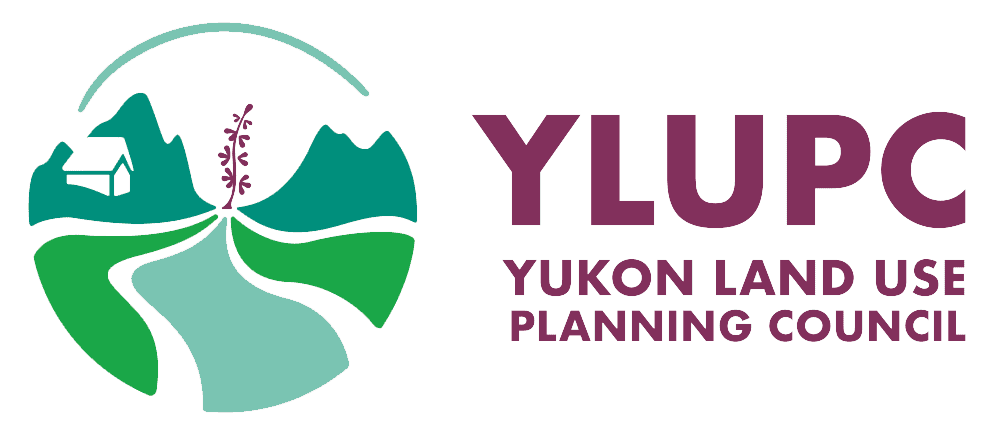When the Yukon Land Use Planning Council first started working towards regional land use planning in the Yukon in 1999, it divided the Territory up into eight conceptual planning regions with loosely defined borders. With the establishment of three planning commissions in the north (North Yukon, Peel Watershed, and Dawson), the Council is looking south to recommend the next planning region.
In recent months, the Council and staff have met with technical staff from southern Yukon First Nations to identify some general issues and interests around regional planning and the boundaries of planning regions. Here are some considerations when looking at planning boundaries:
- The Council is not mandated to recommend planning commissions for the Traditional Territories of unsettled First Nations. Currently, the White River First Nation, the Ross River Dena, and the Liard First Nation are unsettled (i.e., they do not have settled land claims).
- There are 10 First Nations with Traditional Territories in the southern Yukon. The more Traditional Territories involved, the more complicated the establishment of planning regions.
- Other highly planned areas (e.g. Territorial Parks, municipalities) may not need regional planning or are not greatly influenced by regional plans.
- The Council’s goal is to have all of the Yukon’s land with settled land claims covered by a regional plan. This means no unplanned “islands”.
- A regional planning process was started around Teslin, but never completed. The Teslin Tlingit Council has asked for its completion.
- The Champagne and Aishihik First Nations has requested that a regional plan be developed for their Traditional Territory.
- The immediate need for planning
- The availability of funding/resources/information
